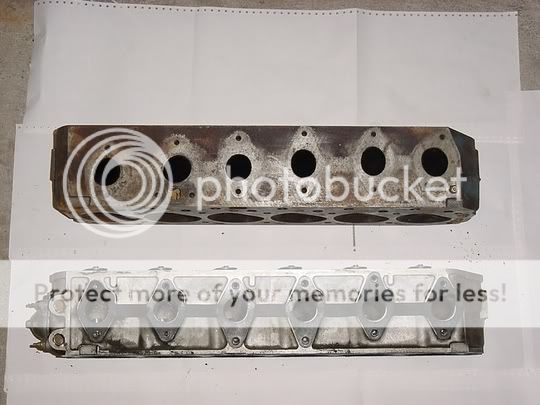Without tryin' to 'post hog'...
The figures don't lie. Any auto 250 is a slow old hump, and it'll be hard to ever break 18 seconds for a quarter. It looses bulk power on a 4-speed manual, about half a second or more across the 400 meters. What is clear is that even though later cars are much lighter and more powerfull, they are not much quicker, but heaps more ecconomical.
A fuel saving of over 15% in nearly all cases.
x
The figures don't lie. Any auto 250 is a slow old hump, and it'll be hard to ever break 18 seconds for a quarter. It looses bulk power on a 4-speed manual, about half a second or more across the 400 meters. What is clear is that even though later cars are much lighter and more powerfull, they are not much quicker, but heaps more ecconomical.
A fuel saving of over 15% in nearly all cases.
x

